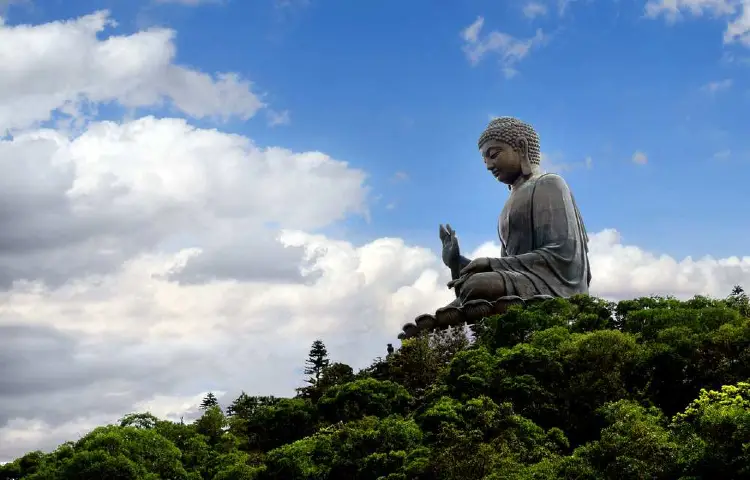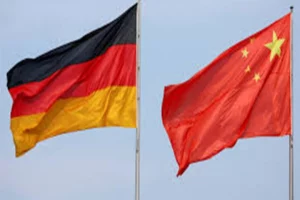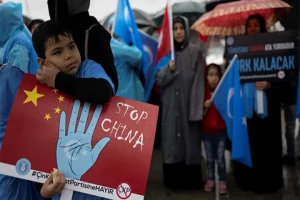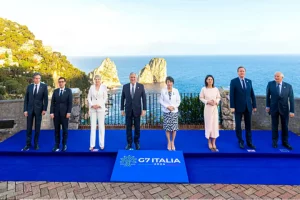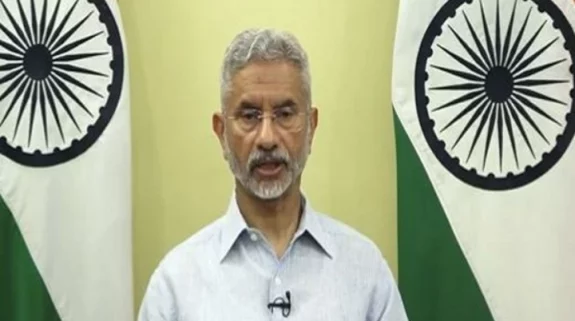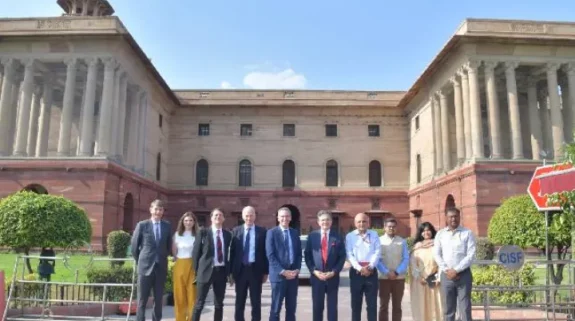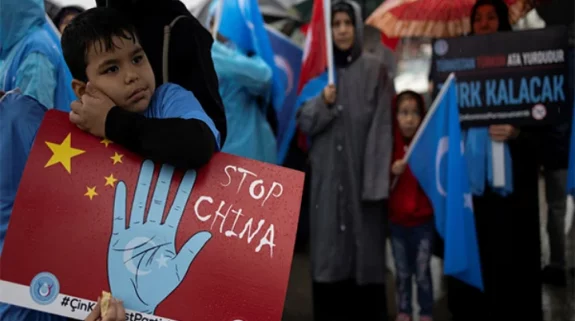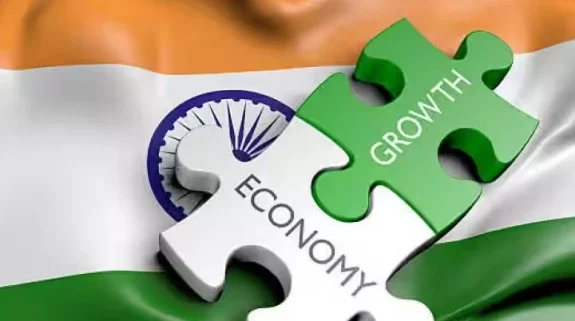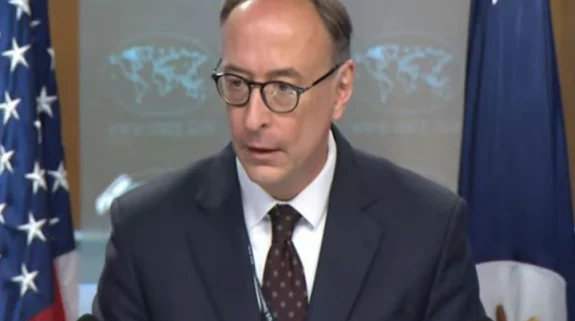From the Angkor wat in Cambodia to Bali in Indonesia, India’s geo-cultural ties in the Indo-Pacific is palpable, yearning for a civilizational revival.
Much of India’s overpowering soft-power is rooted in Buddhism and Hinduism, which provided a conducive background for pulsating trade and commerce both along the Ancient Silk Route and the maritime sea lanes which connected peninsular India with the region.
In this episode, KK Muhammed examines the role played by Samrat Ashok to spread Buddhism in South and Central Asia. He also dilates on the seminal influence of Kasyapa Matanga and Dharmaratna–Indian Buddhist monks first introduced Buddhism to China in the 1st century CE. From China, Buddhism spread to Korea along the Yellow Sea and then further to Japan.
With India once again reviving its role as a Civilizational State, the time has arrived to develop a 21st century Buddhist circuit to links foundational Buddhist centres such as Lumbini, Bodh Gaya, Sarnath and Kushinagar to monasteries in Tibet, the Balguspa monastery in South Korea, Dunhuang in China, Termez in Uzbekistan and several others where Buddhism implanted its indelible footprint in Far History.






